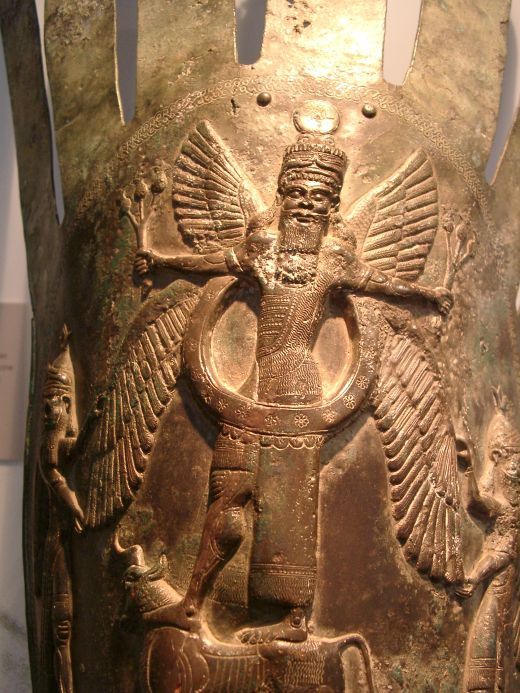Mesopotamia
 In this book, you will find summarized information about Mesopotamia and the civilizations that lived there.
In this book, you will find summarized information about Mesopotamia and the civilizations that lived there.
6. The Assyrian Empire
6.2. The Middle Empire
The Hittites struck back and were able to hold the Assyrians at bay until the king Ashur-Uballit I (c.1353-1318 BCE) defeated the remaining Mitanni forces under the Hittite commanders and took significant portions of the region. He was succeeded by two kings who maintained what had been won, but no further expansion was achieved until the coming of King Adad Nirari I (c. 1307-1275 BCE) who expanded the Assyrian Empire to the north and south, driving out the Hittites and conquering their major strongholds.
Adad Nirari I is the first Assyrian king about whom anything is known with certainty because he left inscriptions of his achievements which have survived mostly intact. Further, letters between the Assyrian king and the Hittite rulers have also survived and make it clear that, initially, the Assyrian rulers were not taken seriously by those of other nations in the region until they proved themselves too powerful to resist. The historian Will Durant comments on the rise of the Assyrian Empire:
"If we should admit the imperial principle – that it is good, for the sake of spreading law, security, commerce and peace, that many states should be brought, by persuasion or force, under the authority of one government – then we should have to concede to Assyria the distinction of having established in western Asia a larger measure and area of order and prosperity than that region of the earth had ever, to our knowledge, enjoyed before". (270)
Deportees were carefully chosen for their abilities and sent to regions which could make the most of their talents. Not everyone in the conquered populace was chosen for deportation and families were never separated. Those segments of the population that had actively resisted the Assyrians were killed or sold into slavery, but the general populaces became absorbed into the growing empire and were thought of as Assyrians.
